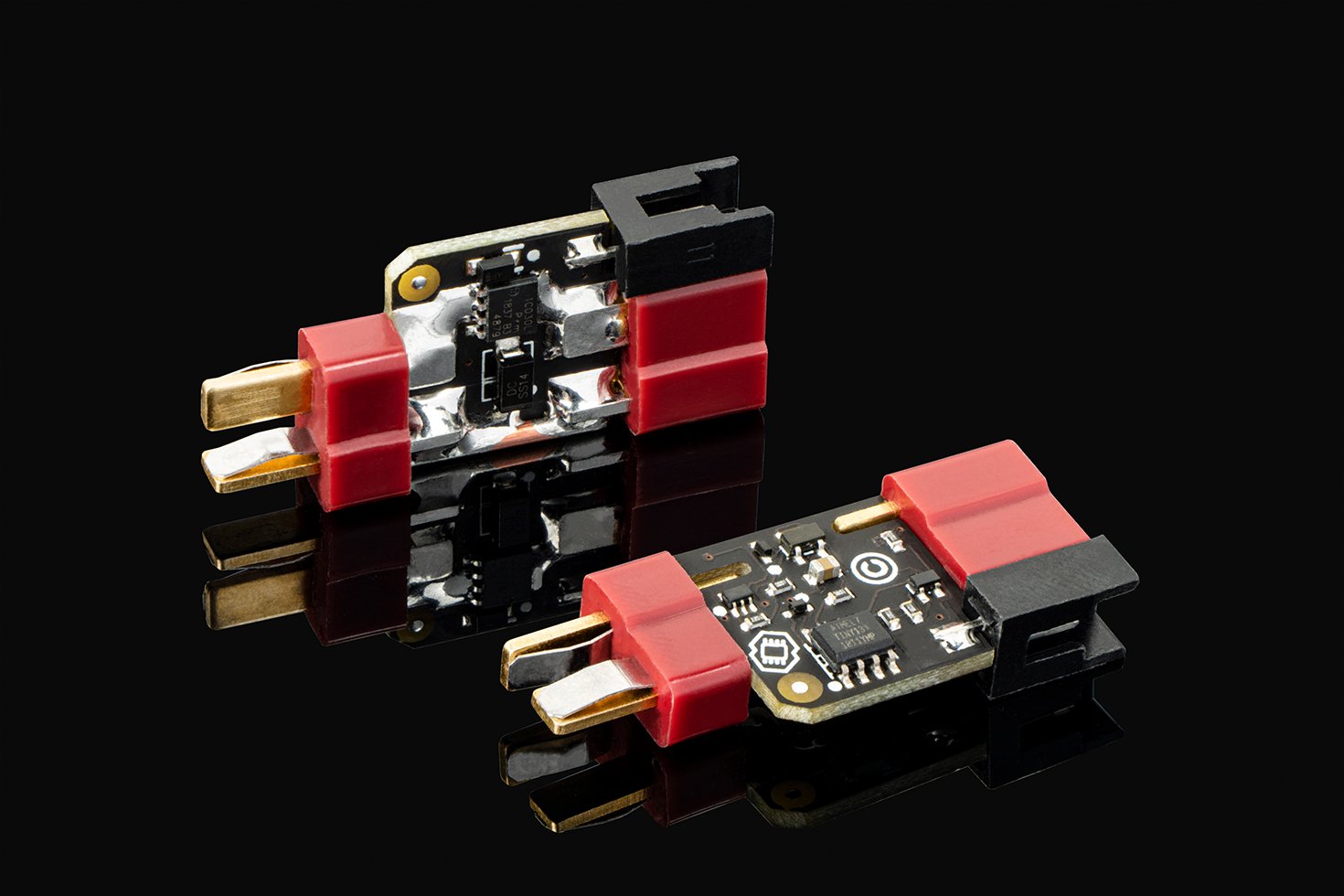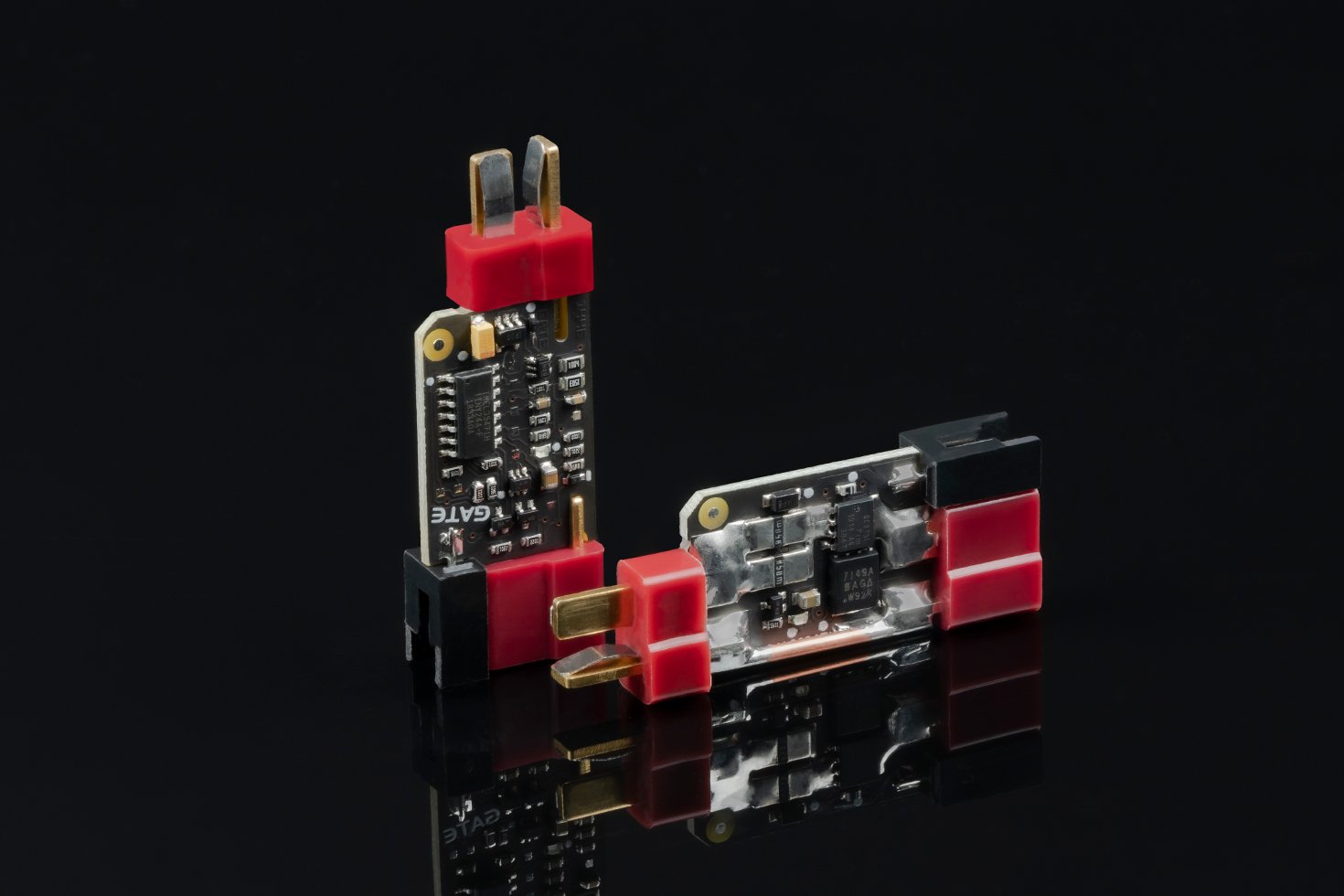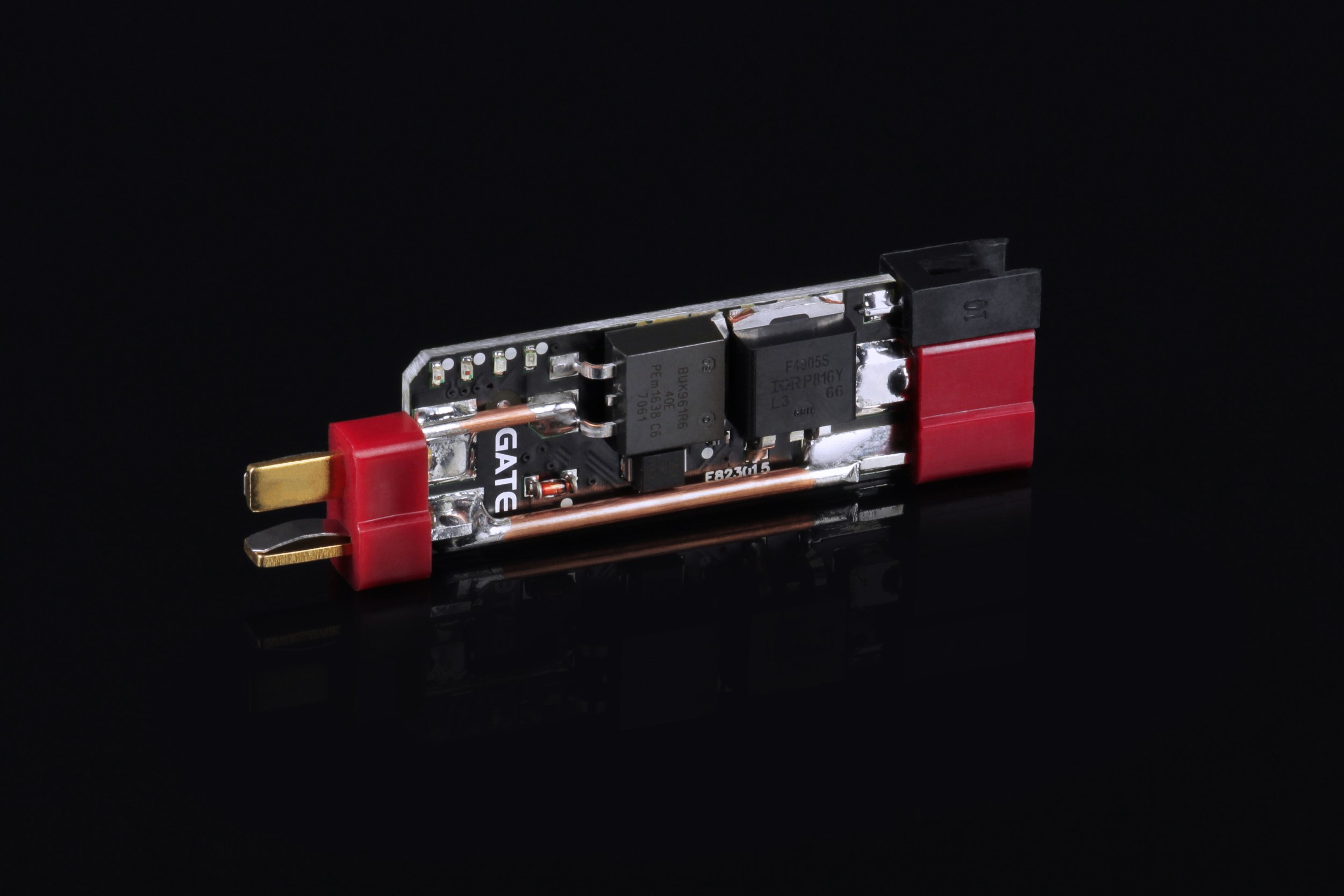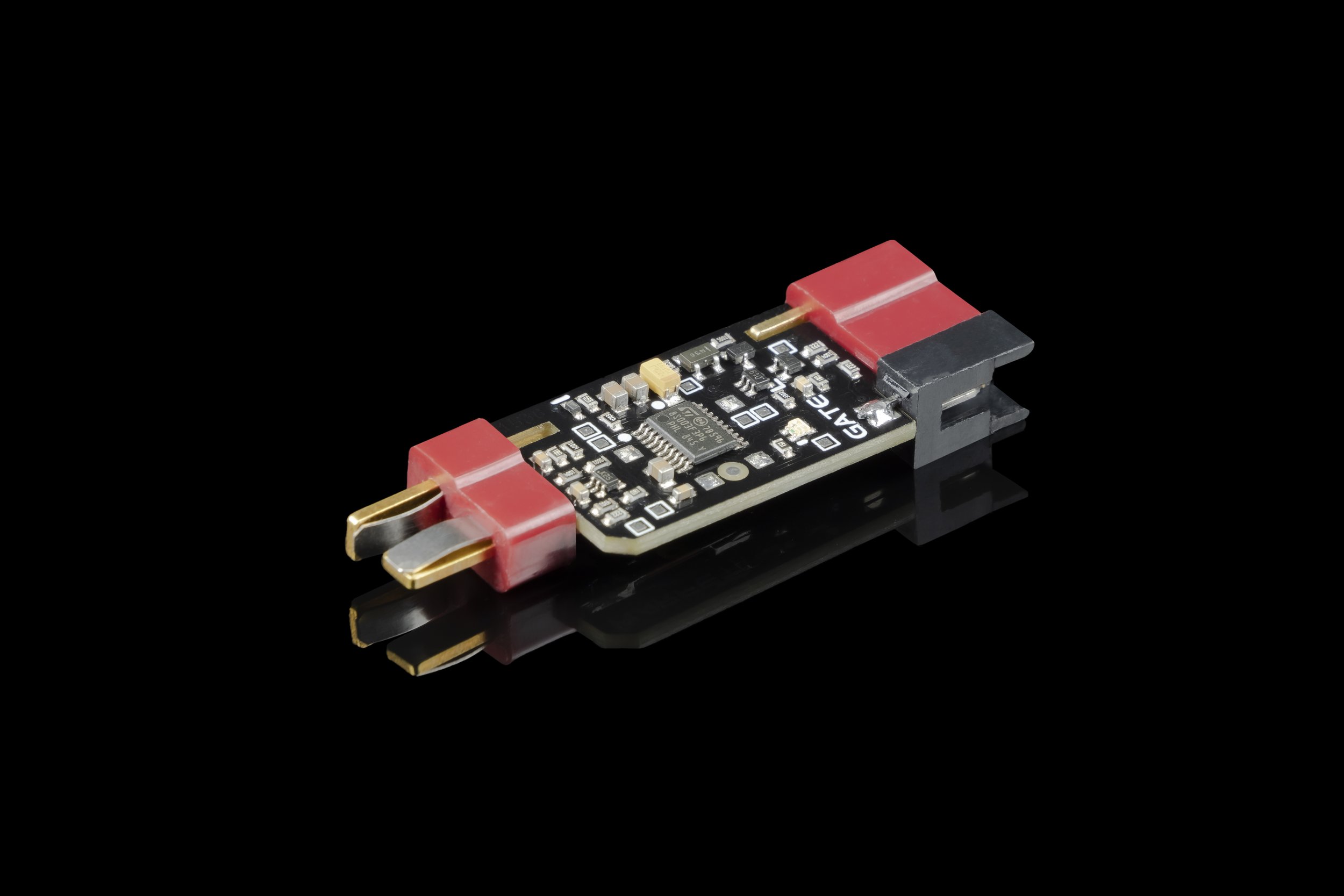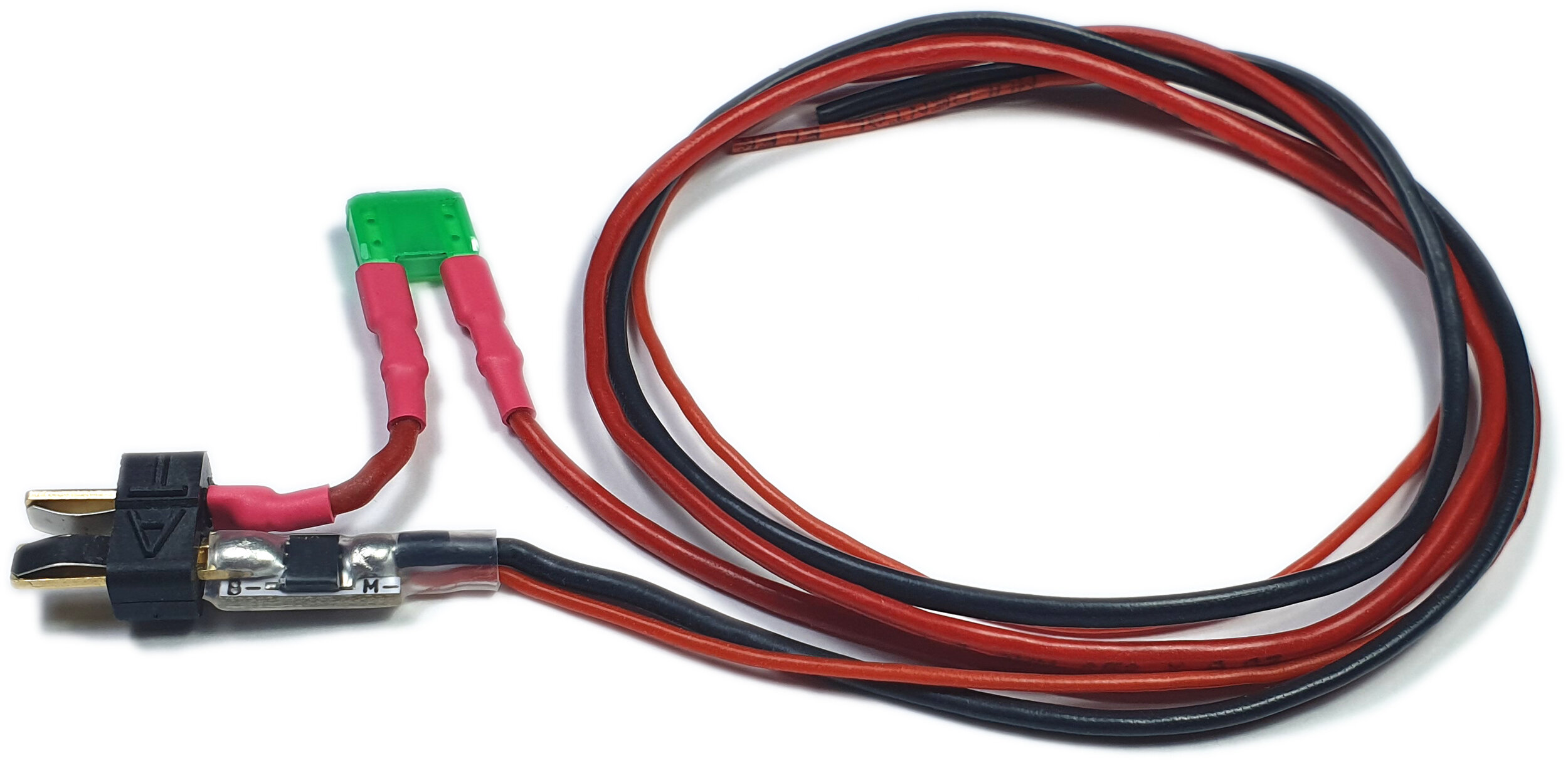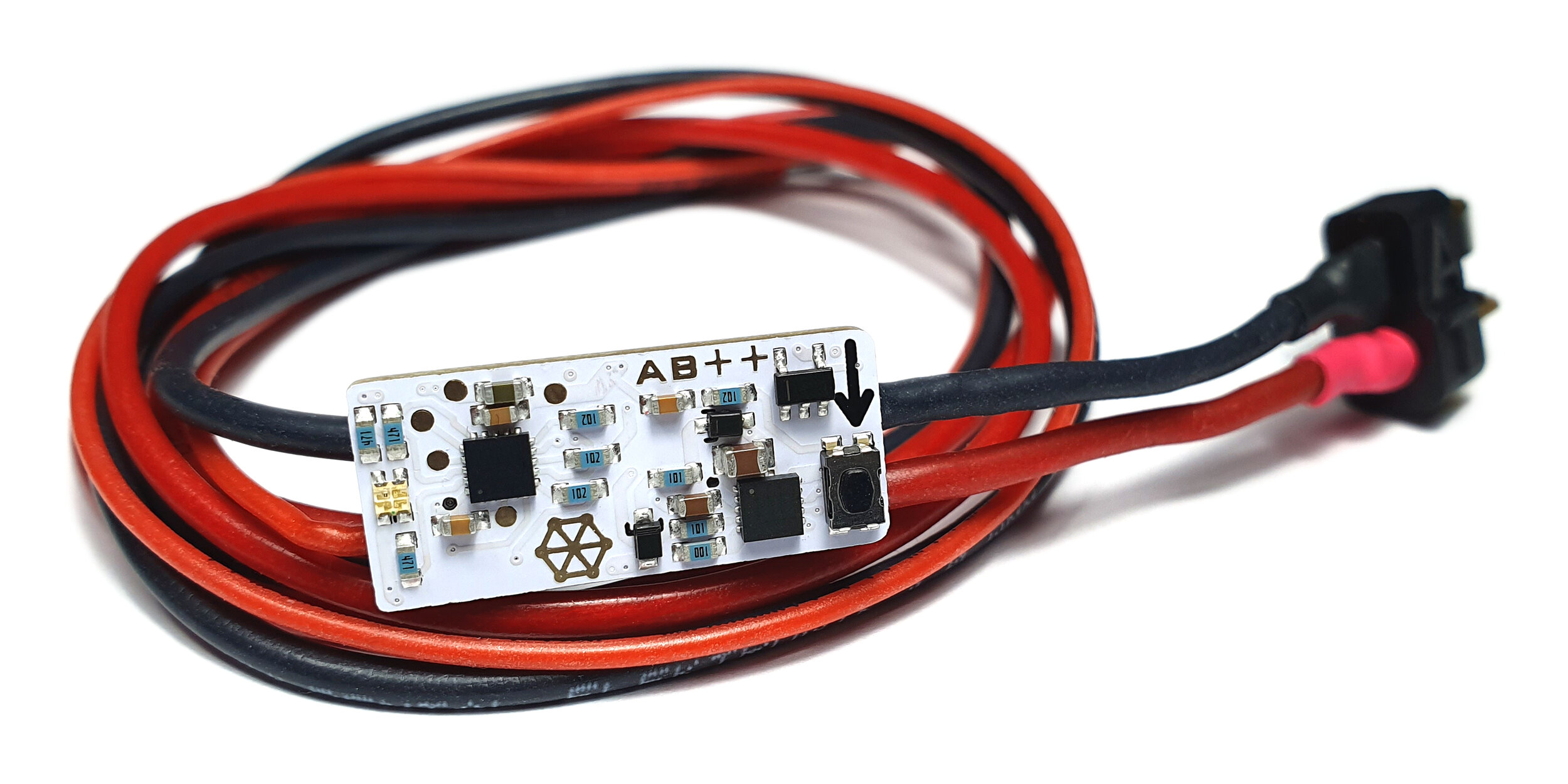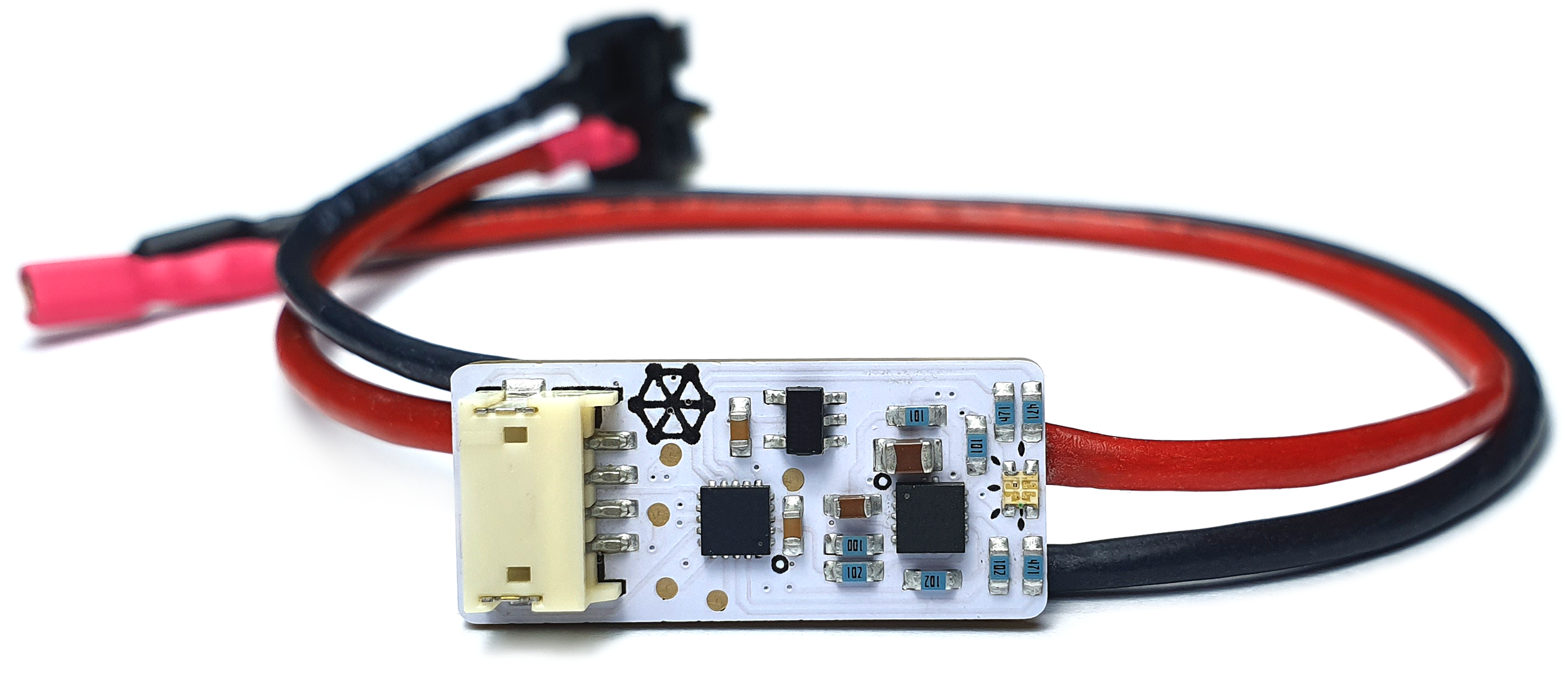Mosfet Guide - Functions
Update 2021: Added Perun mosfets
This guide will go over the different functions advertised in popular mosfets and help decide which model to get for your AEG. I won’t be going over the Gate Titan/Aster and Perun Optical in this guide just because there’s so much to explain. I may do a separate guide on just those, but a lot of these functions also apply to those mosfets as well.
Overview
Mosfet
Fuse
Debouncing
Removable
Mosfet
Fuse
Debouncing
Removable
On/Off Active Braking
Battery Protection
Mosfet
Fuse
Debouncing
Removable
Active Braking
Battery Protection
Rate of Fire Control
3-round Burst Fire
Mosfet
Fuse
Debouncing
Removable
On/Off Active Braking
Battery Protection
Rate of Fire Control
1-5 round Burst Fire
Precocking
Programming Card
Mosfet
Fuse
Wiring Included
Mosfet
Fuse
Wiring Included
Debouncing
Adjustable Active Braking
Battery Protection
Rate of Fire Control
1-5 round Burst Fire
Precocking
Mosfet
Fuse
Wiring Included
Debouncing
Active Braking
Battery Protection
Rate of Fire Control
1-5 round Burst Fire
Precocking
Cycle Completion
(Only for replacing G&G ETUs)
Functions Explained
Hardwired vs Plug-&-Play
Hardwired means that you have redone and re-soldered the wiring in your AEG to connect directly with the mosfet. This usually involves taking apart the gearbox to get to the trigger contacts, and always involves soldering. While this takes time and experience, this is the only way to get the most out of your mosfet.
Plug-&-Play mosfets allow you to plug them in between the existing wiring and the battery. While this is easier, it is usually only good for adding burst fire. Nearly all of the following functions are only available when the mosfet is hardwired.
If you are shopping for a P90 or F2000 M-Trigger, the mosfet will always need to be hardwired. If you order a mosfet already installed with your M-Trigger, all the wiring and soldering will be done for you.
Mosfet
Availability: NanoASR, NanoHard, Merf, Warfet, Perun Mosfet, AB++, ETU++
Good for: All AEGs
This feature shares its name with the device itself. A mosfet is a switch that redirects the current from the battery directly through to the motor. The trigger contacts are only used to tell the switch to open and close, and almost no current goes through the contacts themselves. Greatly improves reliability, slightly improves trigger response and rate of fire.
Fuse
Availability: NanoASR, NanoHard, Merf, Warfet, Perun Mosfet, AB++, ETU++
Good for: All AEGs
Protects the mosfet from overheating.
Debouncing
Availability: NanoASR, NanoHard, Merf, Warfet, AB++, ETU++
Good for: Microswitch triggers
When a microswitch is clicked, the tiny mechanical parts inside the switch vibrate for a fraction of a second. These vibrations make the signal seem like the switch is being opened and closed extremely rapidly. Without debouncing, the mosfet would interpret this as you pulling the trigger several times in the span of milliseconds, which can reduce trigger response and cause overheating. With debouncing, the mosfet will recognize these vibrations and ignore them, ensuring that you are getting the fastest trigger response and reducing heat buildup.
Active Braking (AB)
Availability: NanoHard, Merf, Warfet, AB++, ETU++
Good for: High fire rates
Using an 11.1 lipo or a high speed motor can give your AEG a very high fire rate. This high rate of fire can also produce overspin. Overspin happens when you release the trigger, but the gears are spinning so fast that they don’t stop right away. Usually this results in the piston being pulled partially back before the gears come to a stop, but can sometimes be bad enough that the gun will shoot one or two more times even after you’ve released the trigger. This can be a problem if you wanted to do semi-auto, but your gun shoots twice for every trigger pull.
Active braking immediately stops the motor and gears from spinning as soon as the trigger is released, preventing overspin. The downside is that this puts extra wear and tear on the motor, and it is good practice to only use active braking when you need it. AB can be turned off in the NanoHard and Warfet, but is permanently enabled on the Merf.
Battery Protection
Availability: NanoHard, Merf, Warfet, AB++, ETU++
Good for: All LiPo and LiFe batteries
LiPo (7.4, 11.1) batteries are better in pretty much every way compared to standard NiMH (8.4, 9.6V) batteries. Smaller, hold more charge, more reliable, and better performance. The downside is that if they drain too low, they permanently die and cannot be recharged. Battery protection monitors the battery voltage and stops firing before they get too low. This makes it easier to play without worrying about draining the battery and saves your batteries from dying.
Rate of Fire Control
Availability: Merf, Warfet, AB++, ETU++
Good for: Fast semi auto trigger response without crazy full auto, fields with rps limits
To get the fastest trigger response usually involves an upgraded motor, high speed gears, and a strong lipo battery. Fast full auto usually go hand in hand with fast trigger response, but sometimes you don’t want or are not allowed to have a high full auto fire rate. Using rate of fire control can reduce the full auto rate of fire as much as 50% while still keeping the semi auto trigger response the same. The mosfet will only begin to slow the rate of fire after the first shot (Gate also calls this function “Smart Trigger”). This allows you to use upgraded internals and an 11.1 lipo for quick semi-auto response, while still keeping a realistic full auto fire rate and conserving ammo. This is especially useful for fields that have an rps limit and you AEG would normally be over.
Burst Fire
Availability: Merf, Warfet, AB++, ETU++
Good for: Personal preference, semi-auto only rules
Change either semi auto or full auto to burst fire instead. The Merf can be set to 3-round burst, while the Warfet has the ability to do 1- to 5-round burst. A 1-round burst would simply be semi auto, which is useful if you need you gun to be locked to semi auto without modifying any hardware on your gun. These mosfets do not count the cycles, but rather count in milliseconds how long the burst should be. You need to manually set the burst time length which may take some fine tuning for reliable bursts. Programming is complicated for the Merf, but is much simpler in the Warfet with the programming card.
Precocking
Availability: Warfet, AB++, ETU++
Good for: Semi auto trigger response
Precocking can be thought of as deliberate overspin. The mosfet allows the motor and gears to spin for a few milliseconds longer than normal, partially compressing the piston and spring for the next shot. On your next trigger pull, since the spring is already compressed back, the trigger response is almost instant with no wind up time. This can result in the fastest semi-auto trigger response, but can also put wear and tear on the gearbox due to the spring being compressed at all times. It would be a good idea to turn this off and shoot once to reset the spring before storing your AEG after a game.
Programming Card
Availability: Warfet
Good for: Change settings faster and easier
The Warfet includes a programming card that is used to customize every setting. The programming card plugs into the mosfet, lights up with all the settings, and you can use buttons to move between and change each setting. The programming card is an extremely useful and convenient feature. Changing settings takes under a minute instead of 5-10 minutes with the other mosfets.
With the NanoHard and Merf, players need to put the mosfet into programming mode, take out or look up the instruction manual to find the programming menus, then count trigger pulls and follow along with the manual to change settings. The programming card allows you to see and change any setting right away. It’s a couple inches wide, so it easily can fit in a pouch during a game, and the buttons are large enough to use with gloves on.
Cycle Completion
Availability: AB++, ETU++
Good for: All AEGs
Cycle completion makes sure that your gearbox always finishes its cycle before stopping. When you release the trigger, the gearbox will continue spinning until it has finished its cycle and a shot is fired. This gives the best shot to shot consistency and improves trigger feel. In semi, you know that one trigger press is always one shot - no matter how quickly you tap the trigger. This also helps prevent semi lockup, when the cut off lever gets stuck in the upward position and blocks the trigger from resetting.
Removable
Availability: NanoASR, NanoHard, Merf, Warfet
Good for: Players with multiple guns
The Gate mosfets are not permanently wired to the gun you install it in. Players can unplug the mosfet from the wiring and swap it to a different gun (as long as it is also wired for a Gate mosfet). This is convenient for players with multiple guns, as you only need one mosfet that can be moved to whichever gun you are currently using. This also makes it easy to upgrade to a different mosfet in the future, as all Gate mosfets are interchangeable.
Wiring Included
Availability: Perun Mosfet, AB++, ETU++
Good for: Faster installation
Perun mosfets have have the wiring already included. The mosfet, battery connector, and motor connectors come pre-installed for faster installation into your gun, and eliminates the need to order these parts separately. Note you will still need to solder and wire the signal wiring to your trigger contacts, it is not plug and play.
Thanks for reading!

